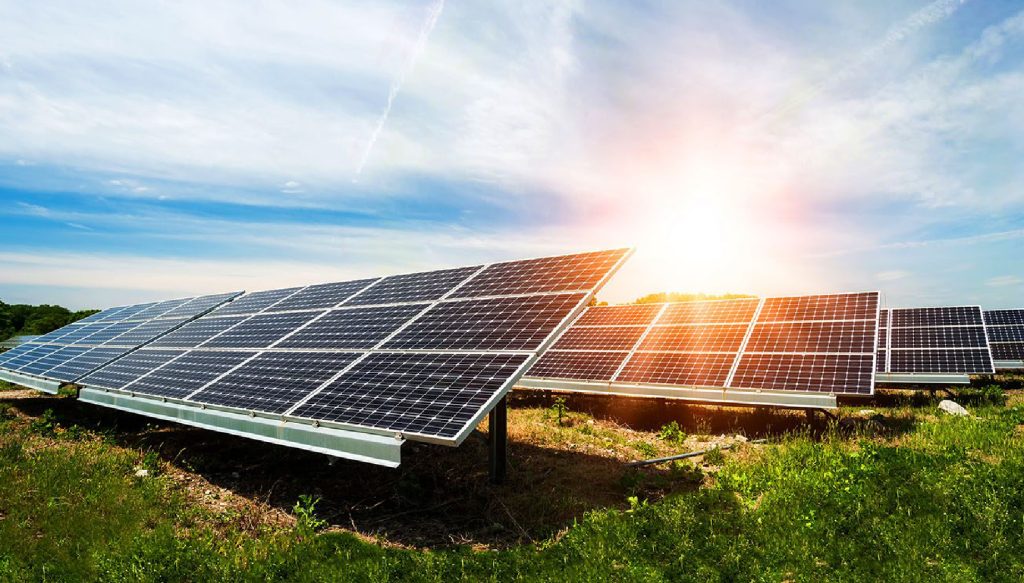
Solar energy is emerging as a game-changer in a world striving for sustainability. But how exactly do solar panels convert sunlight into electricity? Although it appears to be magic, science is the main factor. Let’s break it down in a way that makes sense to everyone.
The Power of the Sun
The sun is a powerhouse, radiating more energy in an hour than the entire planet consumes in a year. Solar panels capture this abundant energy and convert it into usable electricity. This is why solar power is at the forefront of the renewable energy revolution.
How Do Solar Panels Work?
Solar panels operate using the photovoltaic (PV) effect. Here’s a simplified breakdown of the process:
- Absorbing Sunlight – Solar panels contain photovoltaic cells made of silicon, which absorb sunlight.
- Generating Electric Charge – The absorbed sunlight knocks electrons loose, creating an electric current.
- Converting Energy – An inverter converts the generated direct current (DC) into alternating current (AC), which powers homes and businesses.
- Storing Excess Power – Any extra electricity can be stored in batteries or sent to the grid.
The Role of Inverters and Storage in Solar Energy
While solar panels generate electricity during the day, what happens at night? This is where battery storage and inverters come into play. Solar batteries, such as lithium-ion and lead-acid, store excess power for later use. Storage solutions are crucial to maintaining a steady power supply in areas with unreliable grids, like parts of Pakistan.
Why Should Pakistan Invest in Solar Energy?
Pakistan is blessed with ample sunshine, yet power shortages are common. Investing in solar energy can:
- Reduce reliance on fossil fuels
- Lower electricity costs
- Provide energy access to remote areas
- Help combat climate change
With increasing government incentives and falling solar panel prices, now is the perfect time for businesses and homeowners to make the switch.
Challenges in Adopting Solar Energy
Despite its benefits, solar adoption faces hurdles:
- High Initial Costs – Though prices are dropping, upfront installation costs can be a barrier.
- Weather Dependence – Solar panels need sunlight, making solar storage vital for cloudy days.
- Space Requirements – A proper setup requires adequate space for installation.
Future Innovations in Solar Energy
Solar technology is evolving rapidly. Exciting innovations include:
- Transparent Solar Panels – These can be integrated into windows and buildings.
- Solar Roads – Roads embedded with solar cells that generate electricity.
- Perovskite Solar Cells – A new material promising higher efficiency at a lower cost.
Final Thoughts: Is This the Future?
The transition to renewable energy is inevitable. As technology advances and costs decrease, solar panels will play a leading role in shaping a cleaner, more sustainable future.
If you’re curious about the broader impact of solar energy, check out our blog on Solar in Developing Nations: A Solution to Energy Poverty? to see how solar power is changing lives worldwide.







